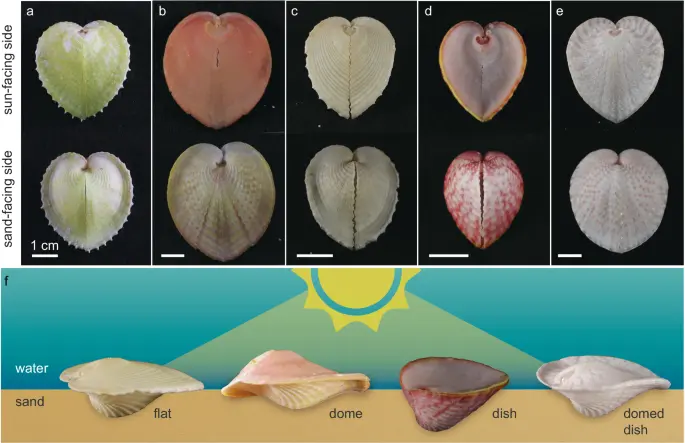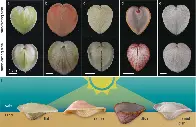Heart cockle shells transmit sunlight to photosymbiotic algae using bundled fiber optic cables and condensing lenses - Nature Communications
Heart cockle shells transmit sunlight to photosymbiotic algae using bundled fiber optic cables and condensing lenses - Nature Communications

Some bivalves have evolved photosynthetic symbioses. Here, the authors show that heart cockles transmit light through their upper shell to internal photosynthetic symbionts, using mineral fiber optic cables to maximize light transmission.

Summary from the 404 media newsletter
Heart cockles, a group of marine molluscs, contain little communities of algae in their shells as part of a symbiotic relationship; the algae get shelter and protection, and the cockles get algae-processed nutrients.
Now, scientists have discovered that cockle shells have a host of mind-boggling adaptations to keep these algae happy, including windows that offer “the first example of fiber optic cable bundles in a living creature.”
“We show that the fibrous prismatic crystals act like parallel bundles of fiber optic cables in the shell windows, not just transmitting light but projecting high-resolution images through the window,” that have “a resolution of >100 lines/mm,” said researchers led by Dakota McCoy of the University of Chicago.
From the article in the link above:

Fig. 1: Heart cockles (Corculum cardissa and Corculum spp.) are asymmetrical, photosymbiotic bivalves.

Fig. 2: Transparent windows allow heart cockle shells to transmit 11–62% of photosynthetically active radiation (mean = 31%) and significantly screen out UV radiation (mean = 14%, range = 5–28%).
